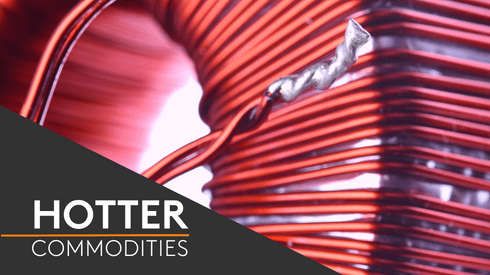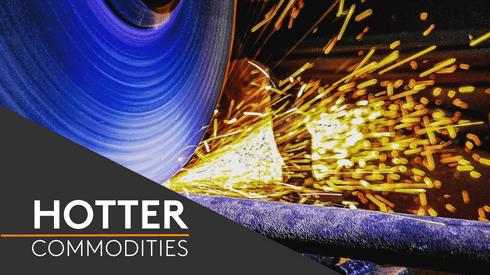Colorado-based aluminium sheet producer Golden Aluminum was among the four aluminium companies selected by the US Department of Energy to enter negotiations for federal investment from its Industrial Demonstration Program (IDP).
If approved, the company will receive up to $22.3 million for its Nexcast – Next Generation Aluminum Mini Mill project.
Nexcast is a joint venture between Golden Aluminum and Germany-based SMS Group that aims to increase capacity and expand the range of grades that can be cast and rolled at Golden’s Fort Lupton, Colorado plant.
Integrating different process centers into a single piece of equipment, the mini mill admits liquid metal and produces hot rolled strip, without the need for ingot as an intermediate input, decreasing the carbon footprint and saving energy by eliminating cooling and reheating, and – because it is an uninterrupted process – producing less scrap, von Czarnowski explained.
This new mill would also allow Golden Aluminum to use up to 25% more scrap as input in some of the company’s products due to the process’ high cooling rate, which is more tolerant to lower quality scrap, while also allowing the company to develop advanced alloys for electrification, including electric conductors and battery foils, he said.
The company expects the output from the Nexcast to be between 150,000 and 200,000 tonnes per year.
Opportunities to decarbonize
“The aluminium industry is a very mature industry. We are seeing developments in decarbonization on the smelter level, but they are incremental improvements. Over time, these incremental improvements get smaller,” von Czarnowski said.
“So, you need something disruptive,” he added.
One important factor is the energy used in aluminium production, but the industry’s decarbonization efforts in this area are limited by the power source available to them, according to von Czarnowski.
“There have been improvements [in clean power adaptation] in the US, Canada and Europe, but because of the huge growth of the aluminium industry in China, and because the industry there is mainly coal-powered, in a global perspective, Scope 2 emissions used to be better before China’s [aluminium industry’s] expansion,” he said.
Inert anodes are being developed that will significantly decrease the Scope 1 emissions of a smelter and their adoption will be an important step in decarbonization, “but when you go downstream, the only disruptive [development to decarbonize] is what we are doing in continuous casting,” according to von Czarnowski.
End-of-life aluminium scrap offers one of the biggest opportunities in advancing the industry’s decarbonization, but the definition of scrap is important, and the industry needs to differentiate between runaround plant manufacturing scrap, pre-consumer scrap and end-of-life scrap, he said.
Von Czarnowski explained that the majority of existing end-of-life scrap comes from beverage cans, since it is easier to sort. Meanwhile, sheets and extrusions, which have very tight specifications, did not have much end-of-life scrap available, he added.
With the growing demand for aluminium and limited prime resources, a big portion of the world’s aluminium production needs to come from scrap, according to von Czarnowski.
“The problem is that the value chain is not prepared to provide high quality scrap that is needed to meet the specifications [required by electric vehicles],” he said.
While there is some technology being developed to enhance this process, it depends a lot on how scrap yards, recyclers and remelters operate, according to von Czarnowski.
“The value chain of how to mine and recover end-of-life scrap needs a disruptive approach, not a disruptive technology,” he said.
Whether you are a buyer or seller of base metals products, it’s important to keep track of the forces impacting market conditions and price movements. Fastmarkets base metals price forecasts and analysis can help you easily break down complex market conditions to understand the forces influencing price volatility – and act with confidence. Download a free sample of our base metals forecast today.






